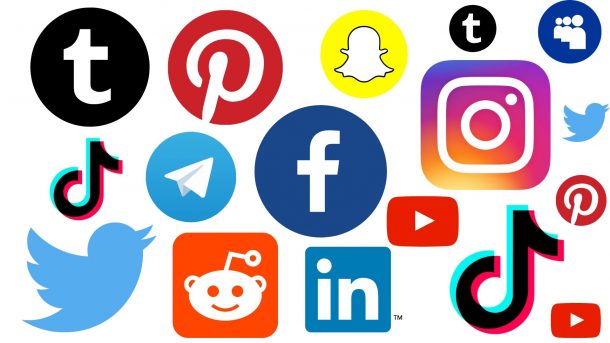Combining traditional and digital marketing tactics offers a range of benefits that can significantly enhance a brand’s reach, engagement, and overall effectiveness. Traditional marketing, which includes methods such as print ads, direct mail, radio, and television, has long been a staple in the advertising world. These tactics are effective at creating broad awareness and reaching audiences that may not be as active online. They lend credibility and can establish a strong brand presence in physical spaces, often making a lasting impression through tangible mediums like magazines or billboards. On the other hand, digital marketing leverages the internet and online platforms such as social media, email, search engines, and websites. This approach allows for precise targeting, real-time analytics, and interactive engagement with audiences. Digital marketing excels in delivering measurable results and adapting strategies quickly based on data-driven insights. When these two approaches are combined, businesses can leverage the strengths of each to create a more robust and effective marketing strategy.
For example, a company might use traditional media to build brand awareness and drive traffic to their digital platforms, where users can engage more deeply with the brand through interactive content, personalized offers, and direct communication. Conversely, digital marketing can be used to enhance the impact of traditional campaigns by providing additional layers of engagement and tracking capabilities. For instance, a television ad can drive viewers to a website where they can sign up for a newsletter or participate in a social media contest. This cross-channel interaction not only amplifies the reach but also creates a more cohesive brand experience for the audience. One of the significant advantages of integrating traditional and digital marketing is the ability to reach a more diverse audience. Traditional marketing methods can effectively capture demographics that may not be as engaged online, while digital marketing can target specific segments with tailored messages. This complementary approach ensures that a brand’s message reaches a broader spectrum of potential customers. Additionally, combining both methods can reinforce brand messaging, as seeing a consistent message across different platforms can increase brand recall and credibility.
Moreover, using both traditional and digital tactics can optimize marketing budgets. Traditional marketing often involves higher upfront costs, but it can generate high-impact impressions and foster brand loyalty. Digital marketing, with its lower cost-per-click and pay-per-impression models, allows for more flexible budgeting and the ability to scale efforts based on performance. By balancing these approaches, businesses can maximize their return on investment and ensure that their marketing efforts are cost-effective and impactful. In conclusion, the benefits of combining traditional and digital agency china tactics are numerous. This integrated approach allows businesses to leverage the strengths of each method, reach a broader and more diverse audience, and create a more cohesive brand experience. By strategically blending traditional and digital channels, companies can enhance their marketing effectiveness, optimize their budgets, and ultimately achieve greater success in their campaigns.



